Intro
Discover safe ways to take Prednisone, a corticosteroid medication, to minimize side effects and maximize benefits, including dosage management, lifestyle adjustments, and monitoring for steroid-induced issues.
Prednisone is a corticosteroid medication that is commonly used to treat a variety of health conditions, including inflammatory diseases, immune system disorders, and certain types of cancer. When taking prednisone, it is essential to follow the prescribed dosage and administration instructions to minimize potential side effects and maximize the medication's effectiveness. Here are five ways to take prednisone, along with some general guidelines and precautions to keep in mind.
When prescribed prednisone, patients often have questions about the best way to take the medication to achieve the desired therapeutic effects while minimizing potential side effects. The dosage and administration of prednisone can vary depending on the specific condition being treated, as well as the patient's age, weight, and overall health status. In general, prednisone is taken orally, and the dosage can range from 5 to 60 milligrams per day, depending on the condition being treated.
The importance of taking prednisone as directed cannot be overstated. This medication can have significant effects on the body, and taking it incorrectly can lead to serious side effects or reduce its effectiveness. Patients should always follow the dosage and administration instructions provided by their healthcare provider and ask questions if they are unsure about any aspect of their treatment plan. By taking prednisone as directed and being aware of the potential side effects and interactions, patients can minimize risks and maximize the benefits of this medication.
Understanding Prednisone
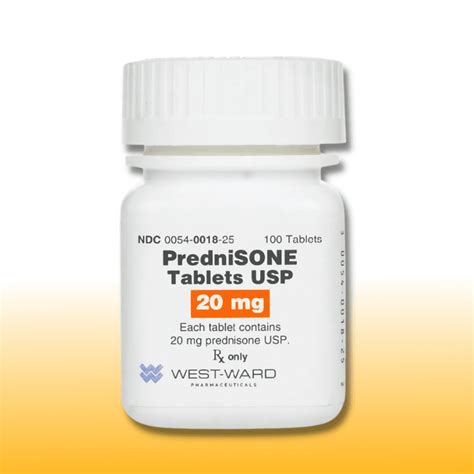
Benefits and Risks of Prednisone
The benefits of prednisone include its ability to quickly reduce inflammation and alleviate symptoms associated with various health conditions. However, like all medications, prednisone can also have potential side effects, particularly when taken in high doses or for extended periods. Some common side effects of prednisone include weight gain, mood changes, insomnia, and increased appetite. More serious side effects can include osteoporosis, cataracts, and glaucoma. Patients should be aware of these potential risks and discuss any concerns with their healthcare provider.Administration and Dosage
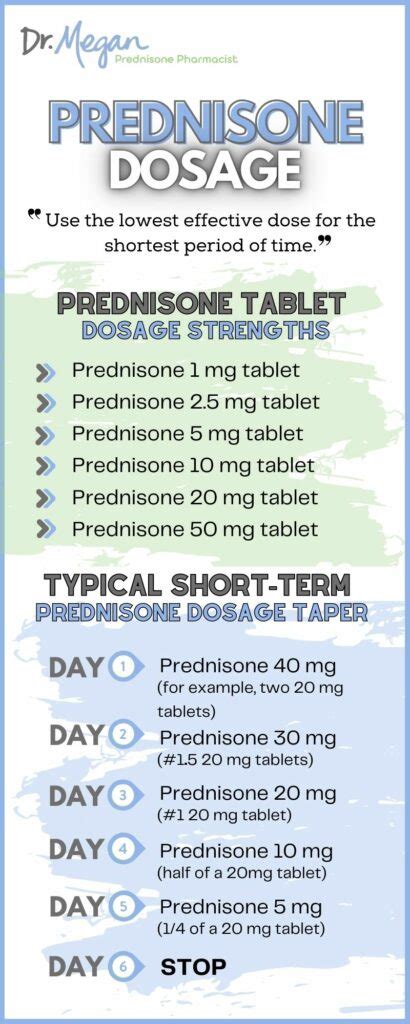
Oral Administration
Oral administration is the most common way to take prednisone. The medication is available in tablet or liquid form, and patients should follow the dosage instructions provided by their healthcare provider. It is essential to take prednisone with food to minimize stomach upset and to avoid taking it with grapefruit or grapefruit juice. Patients should also be aware of the potential for interactions with other medications and inform their healthcare provider about any other medications they are taking.Prednisone Treatment Plans
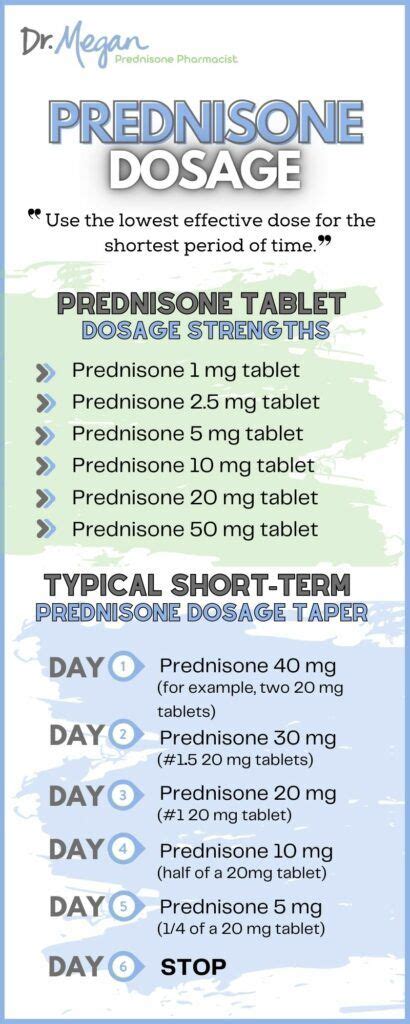
Tapering Off Prednisone
Tapering off prednisone is an essential part of the treatment plan, as it can help to minimize side effects and prevent withdrawal symptoms. The tapering schedule will depend on the duration of treatment and the dosage of prednisone. Patients should work closely with their healthcare provider to develop a tapering schedule that is tailored to their individual needs. It is essential to taper off prednisone gradually, as sudden withdrawal can lead to serious side effects, including adrenal insufficiency.Monitoring and Follow-Up
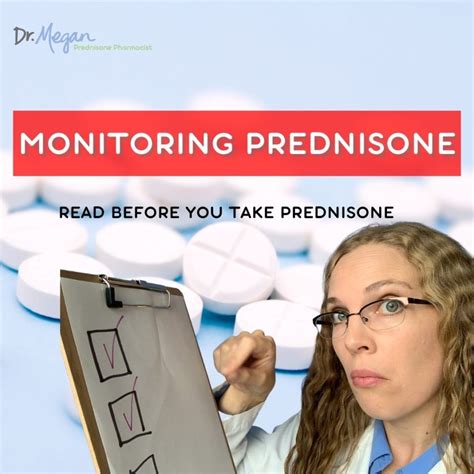
Managing Side Effects
Managing side effects is an essential part of prednisone treatment. Patients should be aware of the potential side effects and report any concerns to their healthcare provider promptly. Regular monitoring and follow-up can help to identify potential side effects early on and prevent more serious complications. Patients can also take steps to minimize side effects, such as taking the medication with food, avoiding grapefruit or grapefruit juice, and staying hydrated.Patient Education and Support
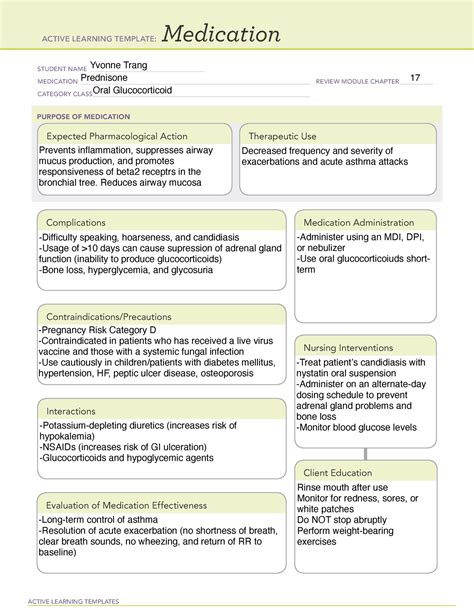
Online Resources and Support Groups
Online resources and support groups can provide patients with valuable information and support throughout the treatment process. Patients can access online forums, support groups, and patient advocacy organizations to connect with others who are going through similar experiences. Online resources can also provide patients with access to educational materials, treatment guides, and medication management tools to help them stay on track with their treatment plan.Conclusion and Next Steps

We invite readers to share their experiences with prednisone, ask questions, or seek support from others who have gone through similar experiences. By sharing knowledge and resources, we can help to improve treatment outcomes and enhance the quality of life for patients taking prednisone.
What is prednisone used for?
+Prednisone is a corticosteroid medication used to treat a variety of health conditions, including inflammatory diseases, immune system disorders, and certain types of cancer.
How do I take prednisone?
+Prednisone is usually taken orally, with or without food, and the dosage can range from 5 to 60 milligrams per day, depending on the condition being treated.
What are the potential side effects of prednisone?
+Prednisone can have potential side effects, including weight gain, mood changes, insomnia, and increased appetite. More serious side effects can include osteoporosis, cataracts, and glaucoma.
